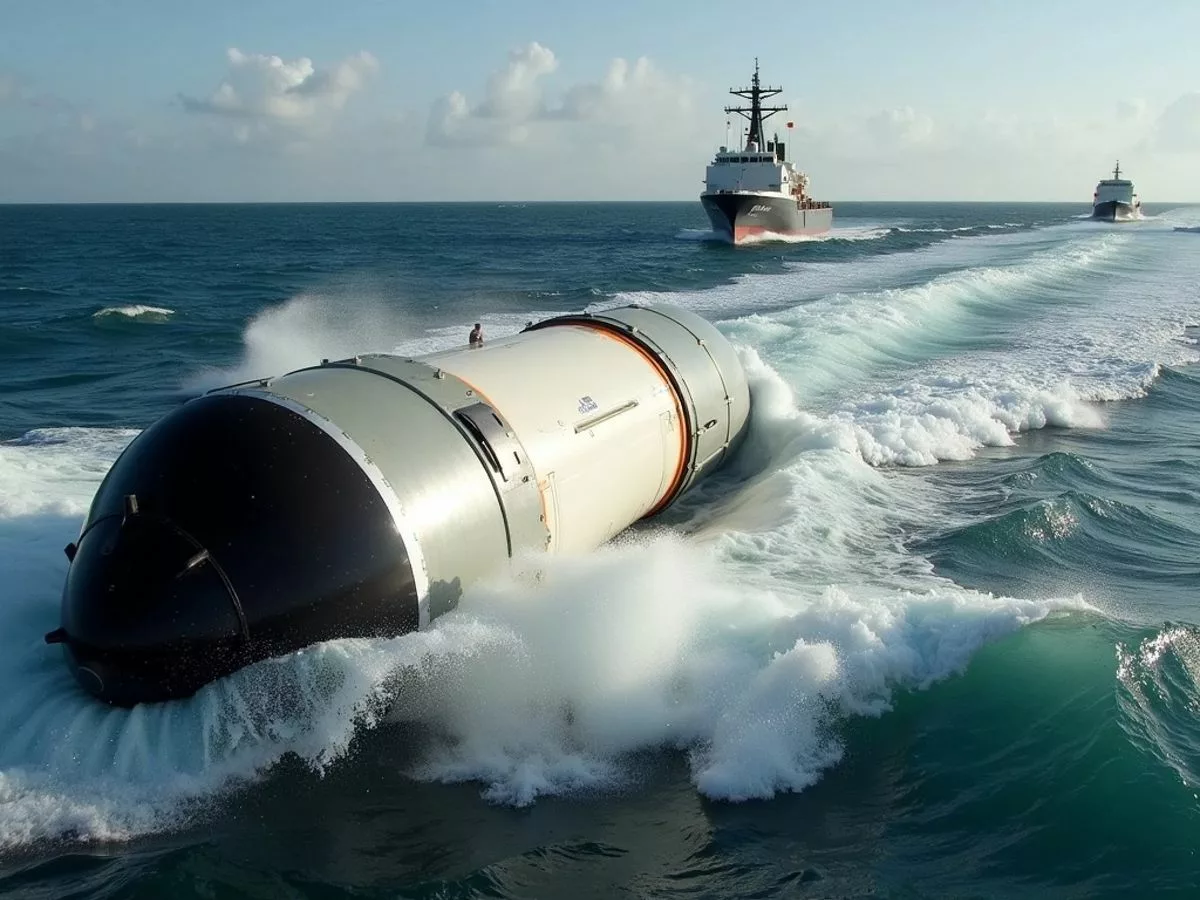
The SpaceX Polaris Dawn mission made history with its successful splashdown off the coast of Florida early Sunday morning. The mission, which included the first spacewalk by non-government astronauts, showcased significant advancements in commercial space travel.
Key Takeaways
- Historic Splashdown: The Dragon spacecraft landed in the ocean at 3:37 AM.
- First Spacewalk: Crew conducted the first spacewalk by non-government astronauts.
- Record Altitude: Reached a peak altitude of 1,400 km, surpassing the International Space Station.
- Scientific Experiments: Conducted around 40 science experiments during the mission.
Mission Overview
The Polaris Dawn mission, led by fintech billionaire Jared Isaacman, launched from Kennedy Space Center on Tuesday. The crew ventured into the Van Allen radiation belt, reaching a peak altitude of 1,400 kilometers—more than three times higher than the International Space Station. This marked the furthest humans have traveled from Earth since the Apollo missions.
On Thursday, Isaacman opened the hatch of the Dragon spacecraft and performed a spacewalk, gripping a structure called "Skywalker" while taking in breathtaking views of Earth. He remarked, "SpaceX, back at home we all have a lot of work to do, but from here, Earth sure looks like a perfect world."
Spacewalk Details
- Crew Members:
- Spacewalk Highlights:
Scientific Contributions
Following their spacewalk, the crew continued to conduct approximately 40 scientific experiments. Notable experiments included:
- Endoscopic Imaging: Inserting cameras through their noses to image airways, aiding in understanding the effects of long-duration space missions on human health.
- Starlink Connectivity: Demonstrated connectivity with SpaceX’s Starlink satellite constellation by sending a high-resolution video of Gillis playing the violin back to ground control.
Future Missions
Polaris Dawn is the first of three missions under the Polaris program, a collaboration between Isaacman and SpaceX. While financial details remain undisclosed, Isaacman reportedly invested $200 million of his own money into the project. The final mission aims to be the first crewed flight of SpaceX’s Starship, a key component of Elon Musk’s ambitions for interplanetary travel.
Conclusion
The Polaris Dawn mission represents a significant leap forward for the commercial space industry, showcasing the potential for private astronauts to conduct groundbreaking research and exploration. As SpaceX continues to push the boundaries of space travel, the future looks promising for both commercial and scientific endeavors in the cosmos.






